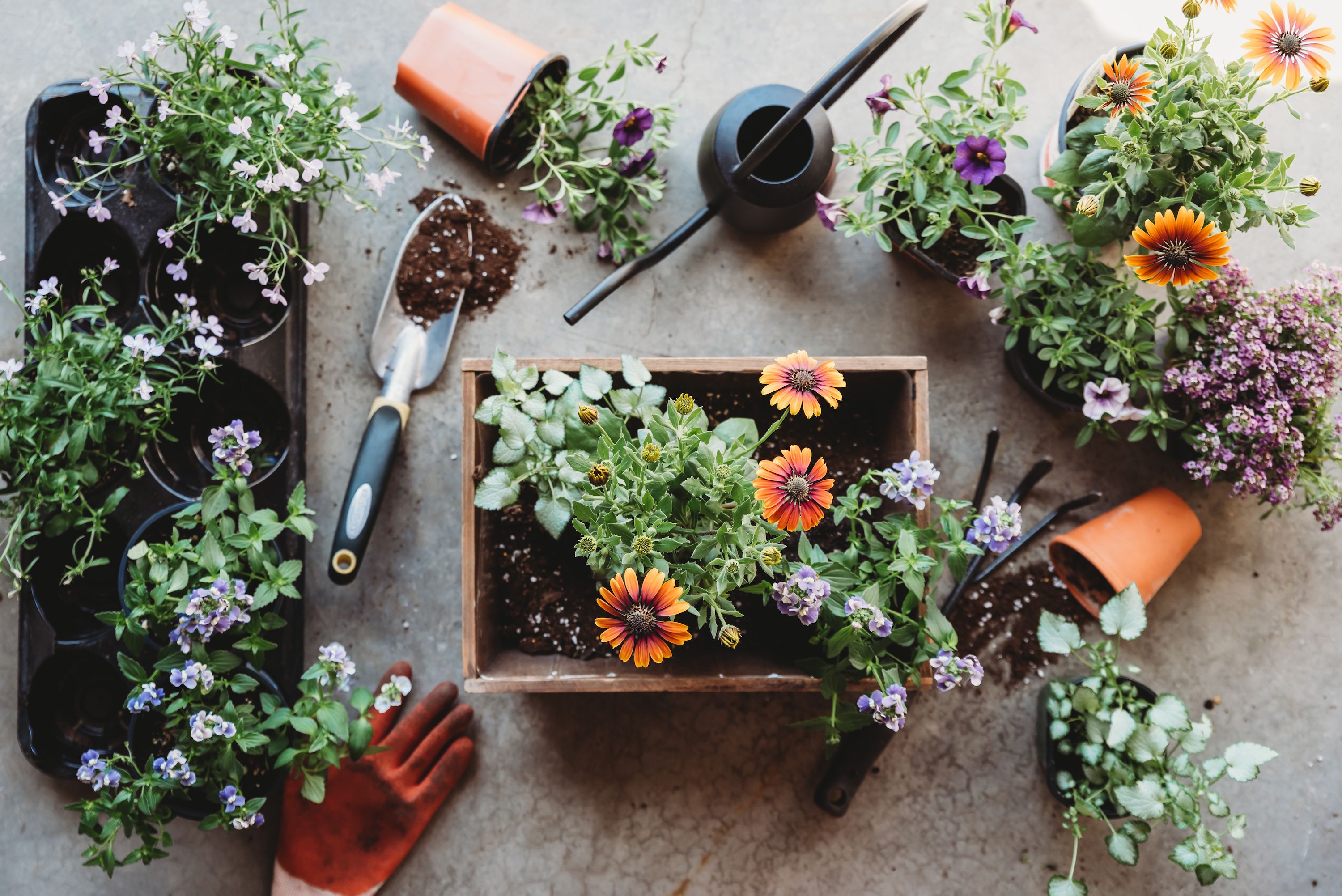Welcome to our comprehensive guide to gardening, where we explore the joys of cultivating green spaces and nurturing plant life. Whether you’re a seasoned gardener or just starting out, this article will provide you with valuable insights, tips, and techniques to help you create and maintain a thriving garden.
The Beauty and Benefits of Gardening
Gardening is more than just a hobby—it’s a rewarding and fulfilling experience that offers a host of benefits for both body and mind. From enhancing curb appeal and providing fresh produce to reducing stress and improving mental well-being, gardening has something to offer everyone.
Enhancing Outdoor Spaces
Gardens add beauty, color, and texture to outdoor spaces, creating inviting environments for relaxation, entertainment, and recreation. Whether you have a sprawling backyard, a cozy patio, or a small balcony, there are endless possibilities for creating a garden that reflects your personal style and enhances your outdoor living experience.
Growing Fresh Produce
One of the most rewarding aspects of gardening is the opportunity to grow your own fruits, vegetables, and herbs. Homegrown produce is fresher, tastier, and more nutritious than store-bought varieties, and gardening allows you to control the quality of your food and reduce your reliance on supermarket produce.
Connecting with Nature
Gardening provides a unique opportunity to connect with nature and experience the beauty and wonder of the natural world. Spending time outdoors, working with plants, and observing the changing seasons can foster a sense of awe, gratitude, and appreciation for the world around us.
Getting Started with Gardening
Assessing Your Space
Before you start gardening, take some time to assess your space and determine what type of garden will work best for your needs and preferences. Consider factors such as sunlight, soil quality, drainage, and available space, and choose plants that are well-suited to your specific growing conditions.
Planning Your Garden
Once you’ve assessed your space, it’s time to plan your garden layout and design. Consider factors such as plant placement, spacing, and arrangement, as well as aesthetic elements like color, texture, and focal points. Create a garden plan or sketch to help visualize your ideas and ensure a cohesive and harmonious design.
Selecting Plants
Choose plants that are well-suited to your climate, soil, and growing conditions, and that match your gardening goals and preferences. Consider factors such as plant size, growth habit, bloom time, and maintenance requirements, and select a mix of annuals, perennials, and shrubs to create a diverse and vibrant garden.
Caring for Your Garden
Watering
Proper watering is essential for the health and vitality of your plants. Water deeply and infrequently, ensuring that the soil is evenly moist but not waterlogged. Use a soaker hose or drip irrigation system to deliver water directly to the roots and minimize water waste.
Mulching
Mulching helps conserve moisture, suppress weeds, and improve soil health in your garden. Apply a layer of organic mulch, such as shredded bark, straw, or compost, around your plants to retain moisture, regulate soil temperature, and provide a protective barrier against pests and diseases.
Pruning and Deadheading
Regular pruning and deadheading help maintain the shape, health, and appearance of your plants. Remove dead or damaged foliage, spent flowers, and overgrown branches to encourage new growth, improve air circulation, and prevent the spread of pests and diseases.
Conclusion
In conclusion, gardening is a fulfilling and rewarding pursuit that offers a host of benefits for both body and mind. Whether you’re growing flowers, vegetables, or herbs, cultivating a garden allows you to connect with nature, enhance your outdoor spaces, and enjoy the beauty and bounty of the natural world.
